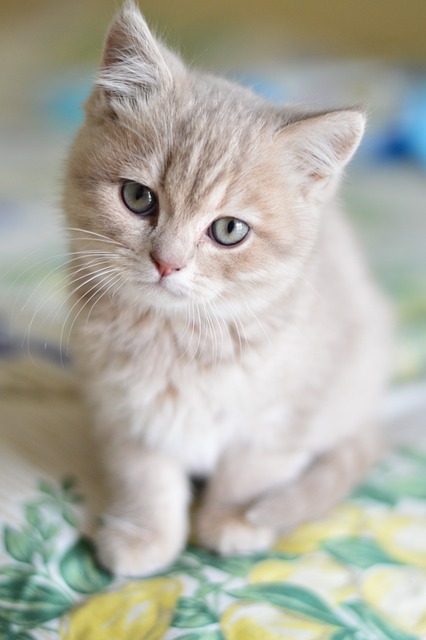Hydrangeas, known for their vibrant blooms, can pose a threat to your feline friends if they decide to take a nibble. Despite variations in toxicity among hydrangea varieties, all harbor the potential to harm cats. Understanding the dangers and implementing preventative measures is crucial for keeping your kitty safe.
Why Are Hydrangeas Poisonous to Cats? Hydrangeas contain cyanogenic glycosides, chemicals harmful to cats and various animals, including humans. Upon chewing or ingestion, these compounds release cyanide, leading to symptoms such as vomiting, diarrhea, and lethargy. The toxicity level varies among hydrangea species, emphasizing the danger even in small amounts. While over 75 hydrangea types exist, the Bigleaf hydrangea (Hydrangea macrophylla) is particularly toxic to cats, with its flowers containing a higher concentration of the toxin compared to leaves or stems.
Signs of Hydrangea Poisoning in Cats The signs of hydrangea poisoning differ based on the ingested amount and toxicity severity. Indications may include vomiting, diarrhea, loss of appetite, lethargy, drooling, difficulty breathing, seizures, and pale or blue gums. Rapid heart rate is also a potential symptom. If you observe any of these signs or suspect hydrangea ingestion, seek immediate veterinary attention.
What To Do If Your Cat Eats a Hydrangea If you catch your cat nibbling on a hydrangea, promptly remove them to prevent further ingestion. Contact your veterinarian immediately to discuss the incident. Your vet may advise an examination or provide specific instructions. Monitor your cat for signs of illness and seek veterinary care if abnormalities arise. Bringing a plant sample to the vet can aid identification and treatment decisions. Do not induce vomiting without professional guidance, as it may be risky. While there’s no specific antidote for hydrangea poisoning, activated charcoal may be recommended for toxin absorption, alongside supportive care.
How to Prevent Hydrangea Poisoning in Cats To safeguard your cat, consider strategic placement of hydrangea plants. Ensure they are in areas inaccessible to your feline companion, possibly by elevating them or using closed spaces. Alternatively, opt for cat-safe plants to eliminate risks. Research and identify other toxic houseplants or outdoor plants, keeping them out of your cat’s reach. If your cat ventures outdoors, supervise them closely and limit access to potentially harmful plants. Transitioning your cat to an indoor environment or providing safe outdoor experiences through a catio or leash training are additional protective measures.
Maintaining a list of toxic and non-toxic plants, such as the ASPCA Plant Database, and having emergency veterinary contacts readily available ensures swift action in case of an unforeseen incident. By staying informed and implementing these precautions, you can create a safer environment for your beloved feline companion.



